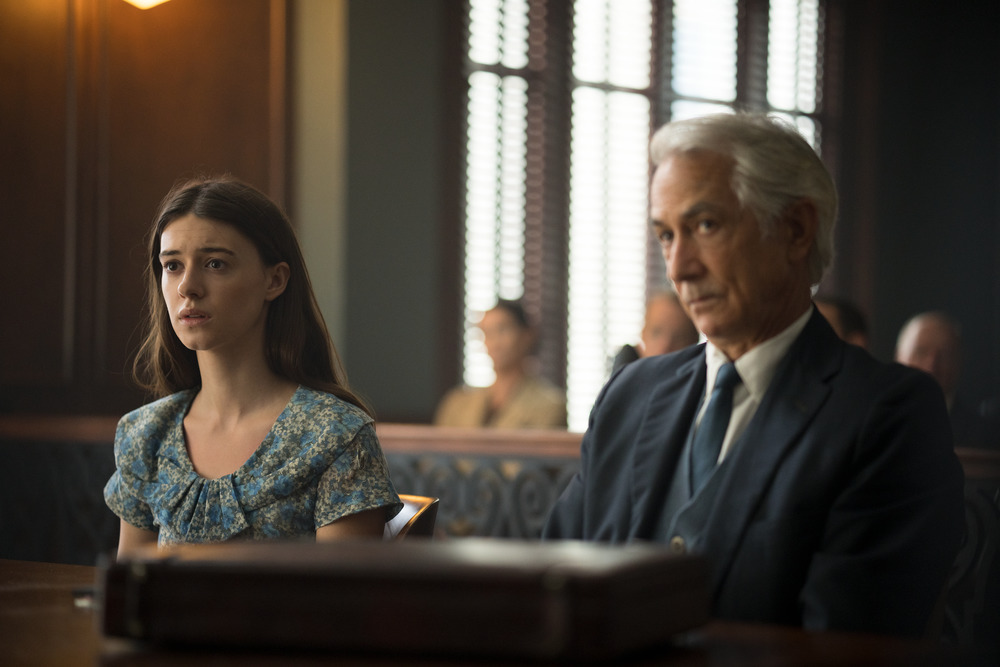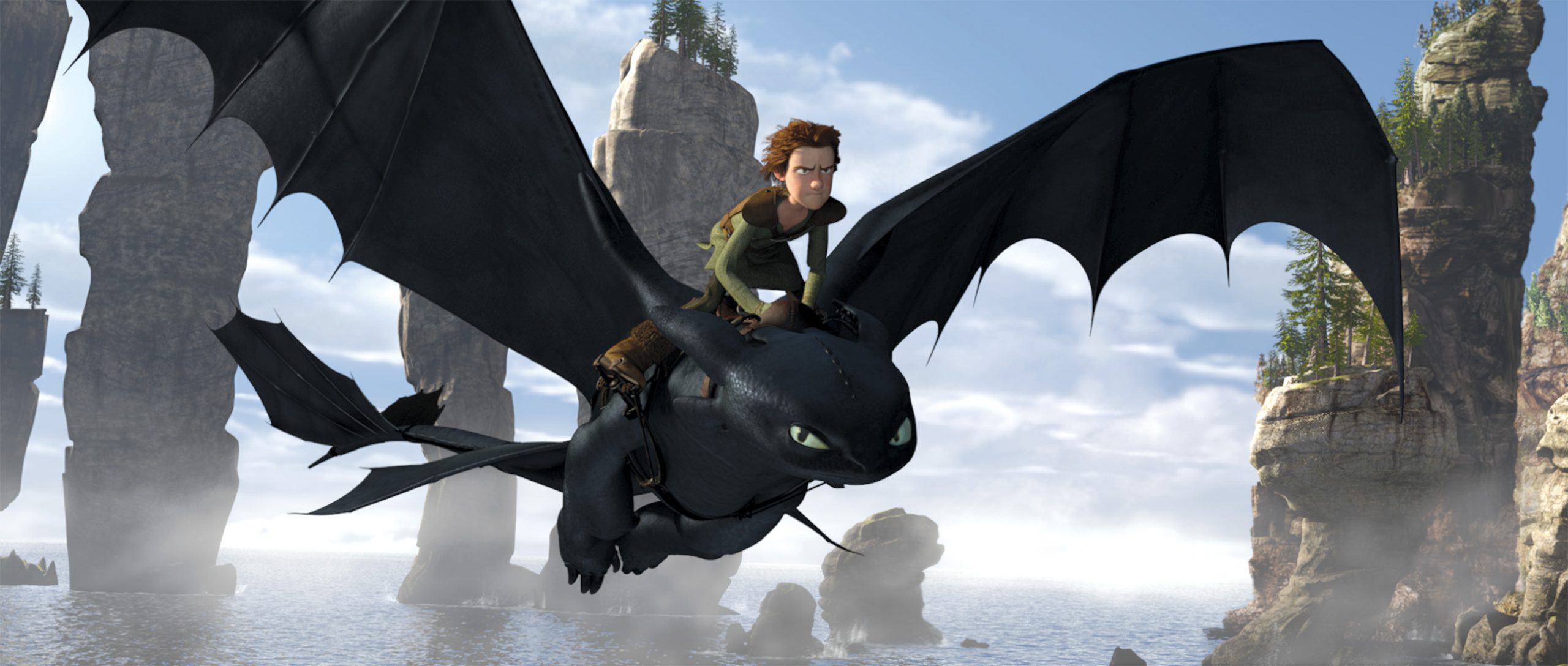Director Olivia Newman adapts the bestseller, Where the Crayfish Sing, which is also naturalist Delia Owens' first novel. Kya Clark (Daisy Edgar-Jones seen earlier this year in Fresh) is a lonely girl who has lived isolated from the modern world in a North Carolina swamp since she was 10 years old. It is systematically singled out by the inhabitants of Barkley Cove because of its marginality. A chance meeting with two young men from the city will allow Kya to open up to the world. When one of them is found dead, the entire community names her as the main suspect. The truth about the events will reveal the many secrets buried deep in the swamps. 
A deconstructed narrative carried by interpretation
The film is very faithful to the novel, few liberties were taken in the script written by Lucy Alibar. It begins with the arrest of Kya, the narration all in flashbacks as in the novel, helps to maintain an ambiguity on the death of one of Kya's friends. It also serves as an engine to revive the plot when the narrative runs out of steam. The real prowess of the film lies in the casting of its young performers Daisy Edgar Jones and Taylor John Smith (the character of Tate Walker) who, thanks to their interpretations, give the whole dimension to the work. To get into the skin of his character and appear credible on screen, the interpreter of Kya had to work on many aspects. One of the most important is the way you express yourself. She had to learn to speak like a 60s North Carolina woman in order to erase her British accent. Her work prior to filming led her to develop her pencil stroke with film art director Kirby Feagan who signed all the drawings and sketches Kya made in the film.  Where the crayfish sing is above all a hymn to the tolerance of all the precepts that make up the identity of an individual. However, we can regret the sometimes too smooth aspect of the story that borders on banal romance, when we know the underused context in which the protagonists evolve. That of the deep and segregationist America of the 60s.
Where the crayfish sing is above all a hymn to the tolerance of all the precepts that make up the identity of an individual. However, we can regret the sometimes too smooth aspect of the story that borders on banal romance, when we know the underused context in which the protagonists evolve. That of the deep and segregationist America of the 60s.
A decor more real than life.
 The other essential character of the film remains nature itself. Shooting in a natural setting is a challenge in itself, but shaping it to achieve the desired result on screen is a deep imagination and hard work. This is the feat achieved by production designer Sue Chan (who was art director on David Fincher's film Gone Girl). The cabin where Kya lives, participates in the atmosphere of the film and seems to have been present for several years. However, cinema being the art of deception, the entire swampy habitat is magnified by the hand of the man or more precisely by that of the women, since the film team is almost exclusively female, starting with the producer who is none other than the actress Reese Witherspoon winner of an Oscar for her interpretation of June Carter in the film Walk the Line in 2006.
The other essential character of the film remains nature itself. Shooting in a natural setting is a challenge in itself, but shaping it to achieve the desired result on screen is a deep imagination and hard work. This is the feat achieved by production designer Sue Chan (who was art director on David Fincher's film Gone Girl). The cabin where Kya lives, participates in the atmosphere of the film and seems to have been present for several years. However, cinema being the art of deception, the entire swampy habitat is magnified by the hand of the man or more precisely by that of the women, since the film team is almost exclusively female, starting with the producer who is none other than the actress Reese Witherspoon winner of an Oscar for her interpretation of June Carter in the film Walk the Line in 2006.  Nature is present even in the music of the film, composed by Mychael Danna Oscar winner for the soundtrack of Ang Lee's Odyssey of Pi. To give "a primitive voice to the swamp " he used shells as the basis of his score, which he mixed with traditional instruments of the region such as the banjo and violin. Where the crayfish sing is a feminine work that can be seen as a hymn to a nature in danger in this period when ecology is at the center of attention.
Nature is present even in the music of the film, composed by Mychael Danna Oscar winner for the soundtrack of Ang Lee's Odyssey of Pi. To give "a primitive voice to the swamp " he used shells as the basis of his score, which he mixed with traditional instruments of the region such as the banjo and violin. Where the crayfish sing is a feminine work that can be seen as a hymn to a nature in danger in this period when ecology is at the center of attention.





































![[Concours] Gagnez 2 places pour le concert de Palace le 20 mars à la Boule Noire](https://www.justfocus.fr/wp-content/uploads/2017/03/17204091_10212293936886754_1255834163_n.jpg)
